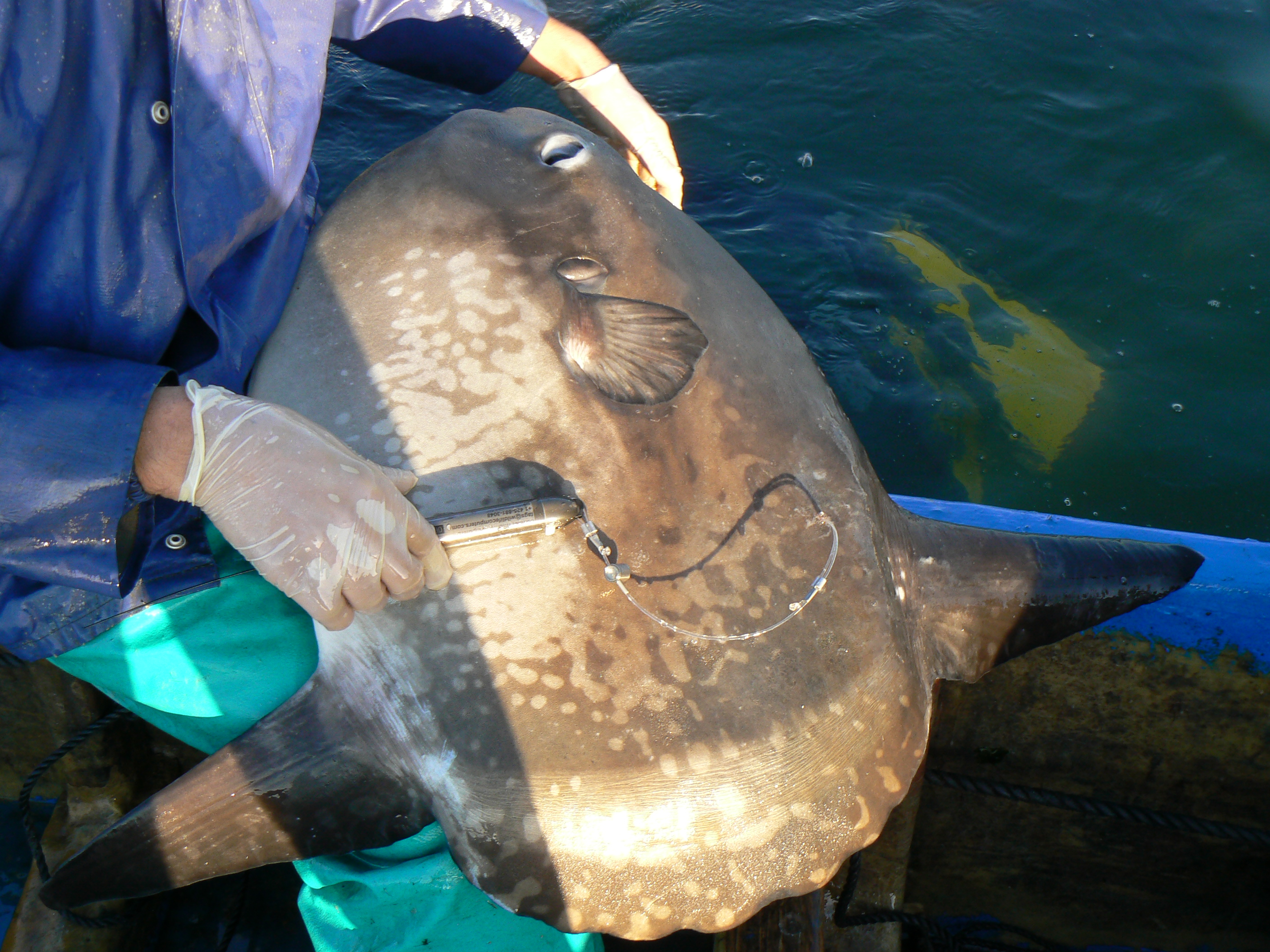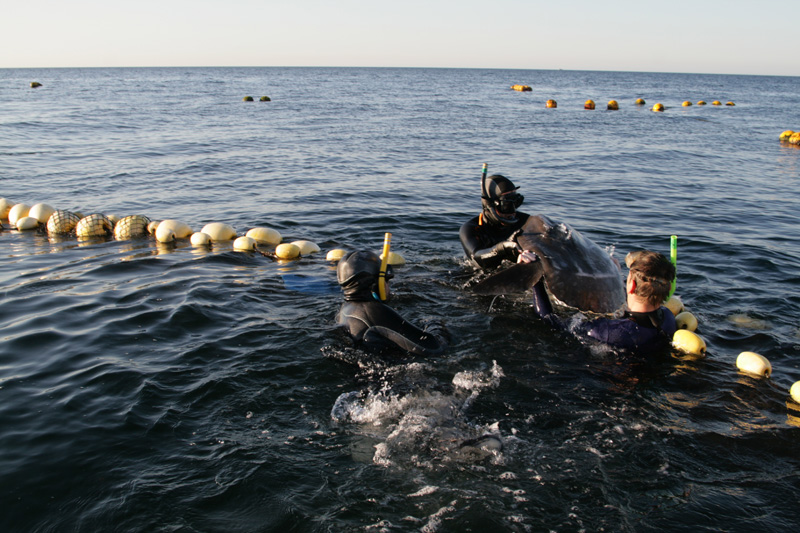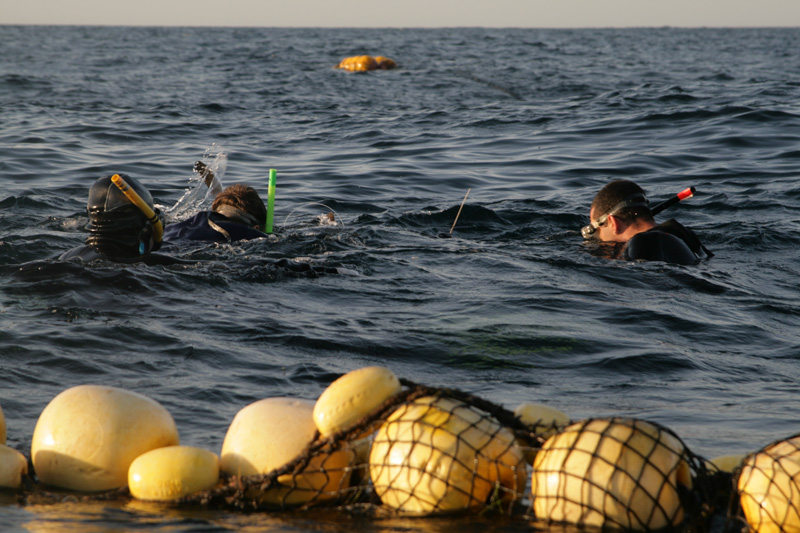Recent satellite telemetry studies have shown that data on the distribution and seasonal movements of ocean sunfish (Mola mola) that feed close the base of the marine food chain (i.e. on gelatinous zooplankton), are a useful indicator of high productivity oceanic areas, where other upper-level trophic predators of important commercial value or endangered status are found. Hence, data on sunfish habitat-use can inform the design of future marine reserves by mapping multi-species hot-spots. Our previous research on sunfish provided the first information available anywhere on behavior and seasonal movements in the northeast Atlantic. Tagged sunfish displayed a diel diving pattern occurring near the surface at night and deeper during the day, including repeated dives below the thermocline, suggesting sunfish were following vertically migrating prey. We also found evidence that sunfish optimize search behaviour for patchily distributed prey in different environments. Horizontal movements of sunfish were consistent with seasonal migration patterns to high latitudes and subsequent return south in response to shifts in sea surface temperature.
Our previous GPS-enabled tag deployments on sunfish have been successful and represent the first demonstration of long-term (> 170 days) GPS tracking of a large pelagic fish. More importantly, sunfish GPS tracking yielded the highest spatial resolution tracks yet achieved for a fish. That allowed the application of robust track shape analysis, and therefore, the description of movement and behaviour at much finer scales than previously possible.
Despite these important findings, there is still the need to link specific behaviors of tracked fish with their immediate environment. This will be accomplished by combining accurate fish tracks, in situ oceanographic data (by simultaneously deploying AUVs in the vicinity of tracked fish), and reliable identification of fine scale behaviours akin to foraging.
Critically, understanding the responses of sunfish to spatial and temporal variability of its prey distribution is essential for determining how a predator may respond to changes in the environment.


